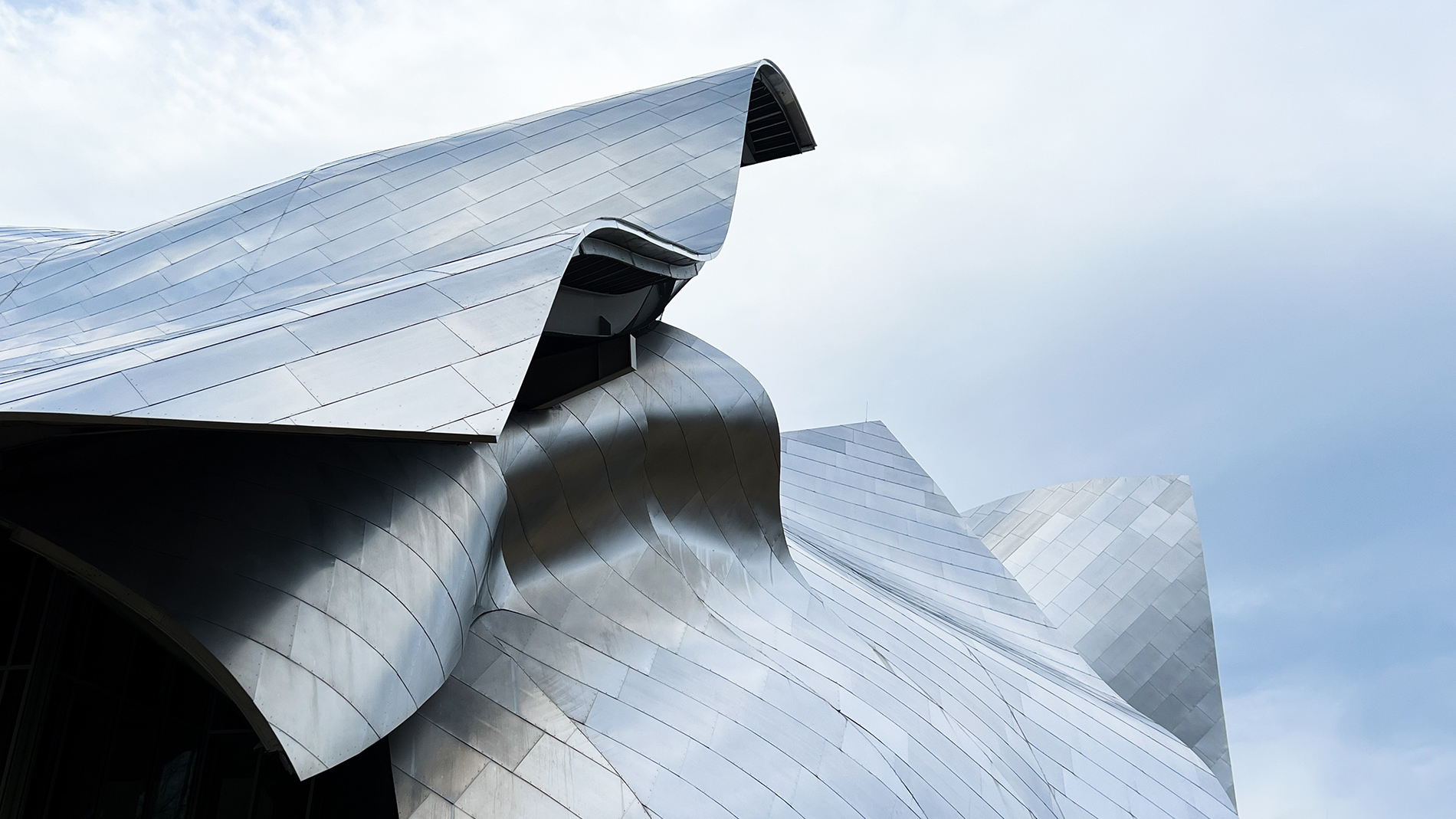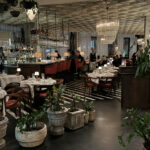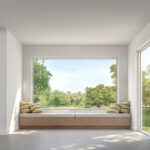The intersection of art and architecture is a dynamic and constantly evolving relationship. Both disciplines influence and enrich each other. Both are visual. Both provide the background of a home. Art and architecture work together to create spaces that are not only functional and structural but also deeply expressive and visually captivating.
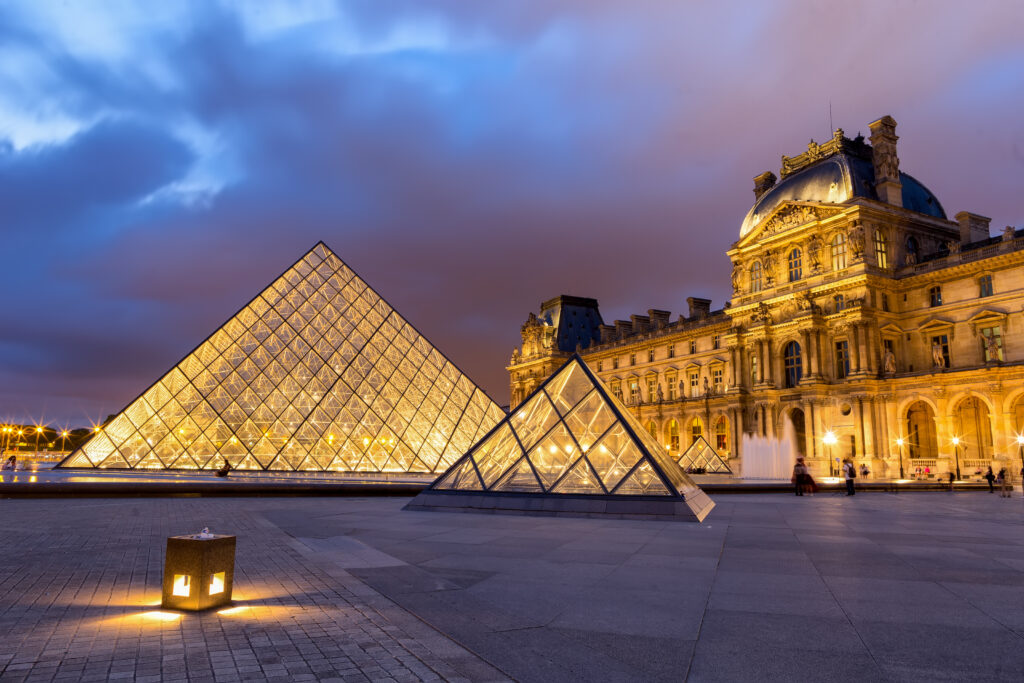
Architecture is a form of art. It’s a space where creativity and aesthetic vision shape an environment. Architectural forms, materials, and styles can evoke emotions, tell stories, and reflect the cultural and historical context of the time. The sweeping curves of the Guggenheim Museum by Frank Lloyd Wright or the intricate beauty of the Sagrada Familia by Antoni Gaudí show how architectural design itself can be as expressive as any painting or sculpture. They are forms of beauty.
Art complements architecture. Art pieces, such as sculptures, murals, and paintings, are added to complement architectural spaces. Whether it is public art in urban settings, art installations inside buildings, or private collections in luxury homes, art transforms a space, adding layers of meaning and context. The Pantheon in Rome, for example, is both an architectural marvel and a work of art that uses light to create a spiritual experience.
Sculptural
Some modern architects create buildings that resemble sculptures, turning architecture into a form of visual art. Zaha Hadid, Frank Gehry, and Antoni Gaudí are all known for their sculptural approach to their designs. Their buildings don’t just serve as functional spaces. They are pieces of art meant to challenge conventional forms and aesthetics.
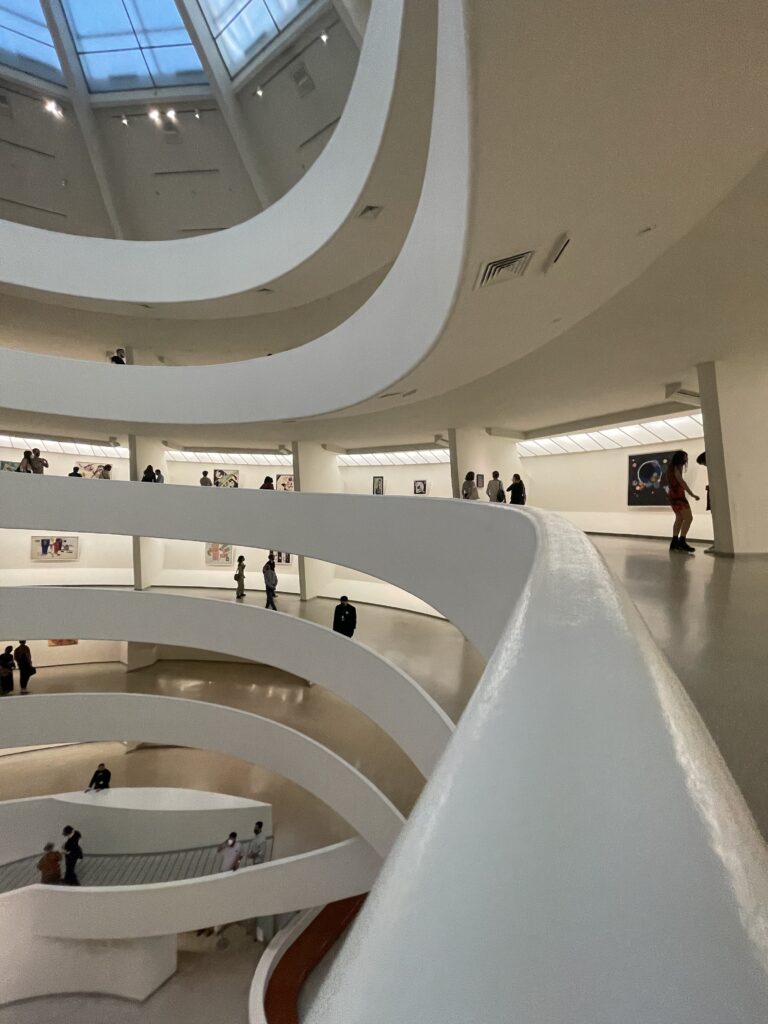
In sculptural architecture, the lines between function and decoration blur, creating spaces where the shape and form of the structure itself are the focal points. The design of the Sydney Opera House, with its organic, sail-like forms, exemplifies this blending of art and architecture.
Cultural and Symbolic
Architecture often uses artistic elements to convey cultural, historical, or symbolic meaning. Religious buildings, such as cathedrals and temples, incorporate both architectural design and art (stained glass windows, frescoes, mosaics) to tell stories or convey spiritual significance.
Throughout history, monumental buildings such as palaces, government buildings, and memorials have used art to convey power, identity, and ideology. The Louvre in Paris is not just an architectural structure—it’s a symbol of culture and history, housing art within its walls and serving as a canvas for art and architecture to merge.
Collaborative
Throughout history, many artists and architects have worked together to integrate art into architectural projects. Artists often design murals and frescoes specifically for a building, enhancing the architectural design and creating a cohesive, immersive experience.
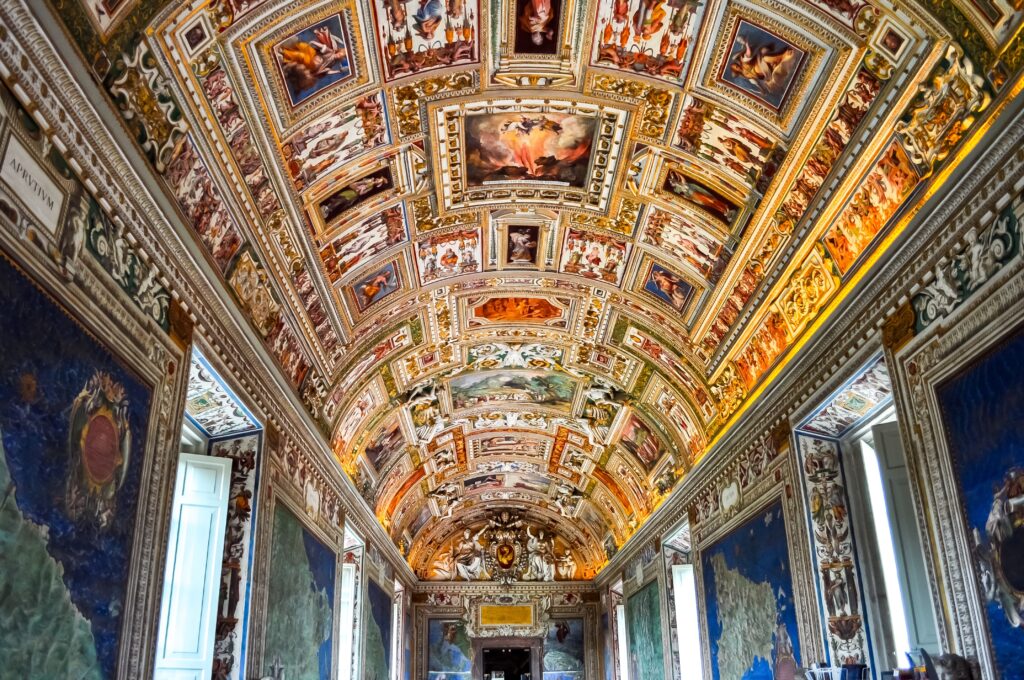
René Magritte’s surrealist works, for example, were integrated into the design of art galleries and museum spaces, creating a deeper connection between the architecture of the building and the art it housed. One of the most famous examples of this collaboration is the work of Michelangelo, who not only designed the architecture of St. Peter’s Basilica in Vatican City but also painted the Sistine Chapel ceiling, merging the boundaries between architecture and art.
Functional
In many modern homes, art is not just a decorative afterthought but an integral part of the design process. Artists or interior designers and architects work together to incorporate functional art elements throughout the home. Custom-designed furniture, light fixtures, and even walls can be not only functional but artistic.
Le Corbusier famously designed both the architecture and the furniture of his buildings. He blended art and architecture into a cohesive, unified vision. This integration makes the distinction between the two blurred, creating a more holistic approach to design.
Sustainability
As sustainability becomes a priority in design, both artists and architects are exploring ways to merge environmental consciousness with creative expression. Art installations made from recycled materials, eco-friendly architecture, and green spaces are shaping how art and architecture intersect. Buildings themselves can serve as living works of art that contribute positively to the environment.
At the intersection of art and architecture lives a vibrant dialogue that transcends the boundaries of each discipline. It creates a space where form, function, emotion, and meaning come together. Whether through sculptural buildings, artistic interiors, or collaborative projects, this union transforms spaces into experiences that speak to the senses and enhance our connection to the world around us. Through the convergence of art and architecture, the human need to create meaningful environments that inspire and elevate the spirit is found.

